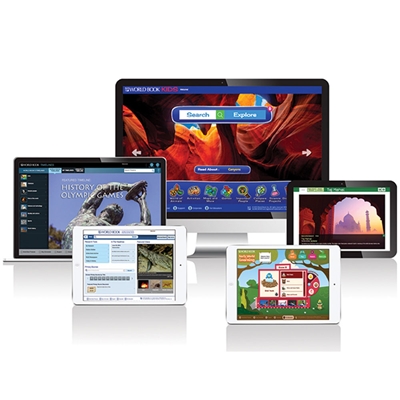A farmer sprays herbicide on a soybean field. The safety of herbicide use has come under sharp scrutiny in recent months. Credit: © Shutterstock
In June 2017, the state of California classified glyphosate, the most widely used herbicidal chemical in the world, as a known carcinogen(cancer-causing substance). In the early 1970’s, organic chemist John E. Franz discovered the plant-killing chemical compound while working for the Monsanto Company, a leading chemical maker in the United States. Glyphosate was patented in 1971, and in 1974 it hit stores as the herbicide Roundup, which became a top-selling Monsanto product.
In the beginning, glyphosate was used only to remove weeds from gardens and other small-scale plantings. Glyphosate is a nonselective herbicide, meaning that it kills most any plant it touches. Its broad toxicity meant that farmers could not use it to kill weeds in their fields without also killing their crops. In the 1990’s, however, Monsanto began altering the genes of crop plants to resist the effects of glyphosate. Worldwide Roundup sales then skyrocketed, as did sales for Monsanto’s genetically modified seeds. Today, glyphosate is the most-used agricultural chemical in the world. Each year, hundreds of millions of pounds of the chemical are applied to cultivated land in the United States alone.
Glyphosate’s widespread use led to concerns regarding its safety. People worried about the chemical’s ability to degrade native plant communities and wondered if it might harm pollinators (such as bees) and other ecological keystone species. People also worried about humans eating crops treated with glyphosate.
In order to determine the consequences of human consumption of the herbicide, scientists tested glyphosate on animals. The scientists looked for harmful reproductive, developmental, or carcinogenic results. Some tests found little or no harmful effects, but others suggested a greater risk potential from long-term exposure. Scientists then determined that further study was needed. In March 2015, the World Health Organization’s International Agency for Research on Cancer (IARC) stated that glyphosate is “probably carcinogenic to humans.” Since then, many people with cancer have sued Monsanto, claiming that extensive use of Roundup had caused their illnesses.
In response, Monsanto called attention to the research that demonstrated glyphosate’s safe qualities. The company steadfastly adheres to the claim that the weedkiller does not cause cancer. Roundup is a key product for Monsanto, and a drop in sales could be disastrous for the company. Since the IARC warning in 2015, Monsanto has been petitioning U.S. Environmental Protection Agency (EPA) officials to declare Roundup safe once and for all.
In labeling glyphosate a carcinogen, California’s Office of Environmental Health Hazard Assessment resisted pressure from current EPA head Scott Pruitt. Pruitt, an appointee of President Donald Trump, has pushed to erase or reverse many EPA regulations. In June 2017—the same month as California’s glyphosate listing—Pruitt reversed a proposed ban on chlorpyrifos, a widely used pesticide that health studies showed can harm children’s brains.
And now, in August, a new herbicide crisis has been caused by dicamba, a newer weedkiller in the Monsanto product XtendiMax. Like glyphosate, dicamba was produced along with plants modified to withstand its herbicidal effects. However, clouds of dicamba—after being sprayed on modified crops—have drifted over unmodified crops and gardens nearby, severely damaging or destroying the plants.
Untitled Document Can't view the linked articles? Subscribe to World Book Online

World Book Online delivers a progressive sequence of core databases supported by supplemental
tools, such as language translation, graphic organizers, and unique Webquests. Moving from
Early World of Learning to World Book Advanced, World Book Online aligns end-users with their
appropriate learning levels. Each stand-alone site provides additional features to support the
needs of users’ specific capabilities.
The World Book Difference
World Book combines cutting-edge technology with traditional editorial excellence to produce
authoritative, trustworthy, and unbiased content. The digital content is updated in real time and
carefully curated for each learning level. Accessible 24/7, the content is available on a variety of devices.
World Book Online combines 21st-century instructional techniques with timely information.
By breaking down complex topics and using easily understandable text, World Book Online helps to
build fluency and increase comprehension. Featuring single sign-on capability, these sites are paired
with highly visual content to engage even the most reluctant reader. Our collection of resources kindles
a lifelong learning experience for every user. This adherence to clarity, currency, and accuracy makes
World Book’s digital offerings an information hub for the classroom, library, and beyond.
|